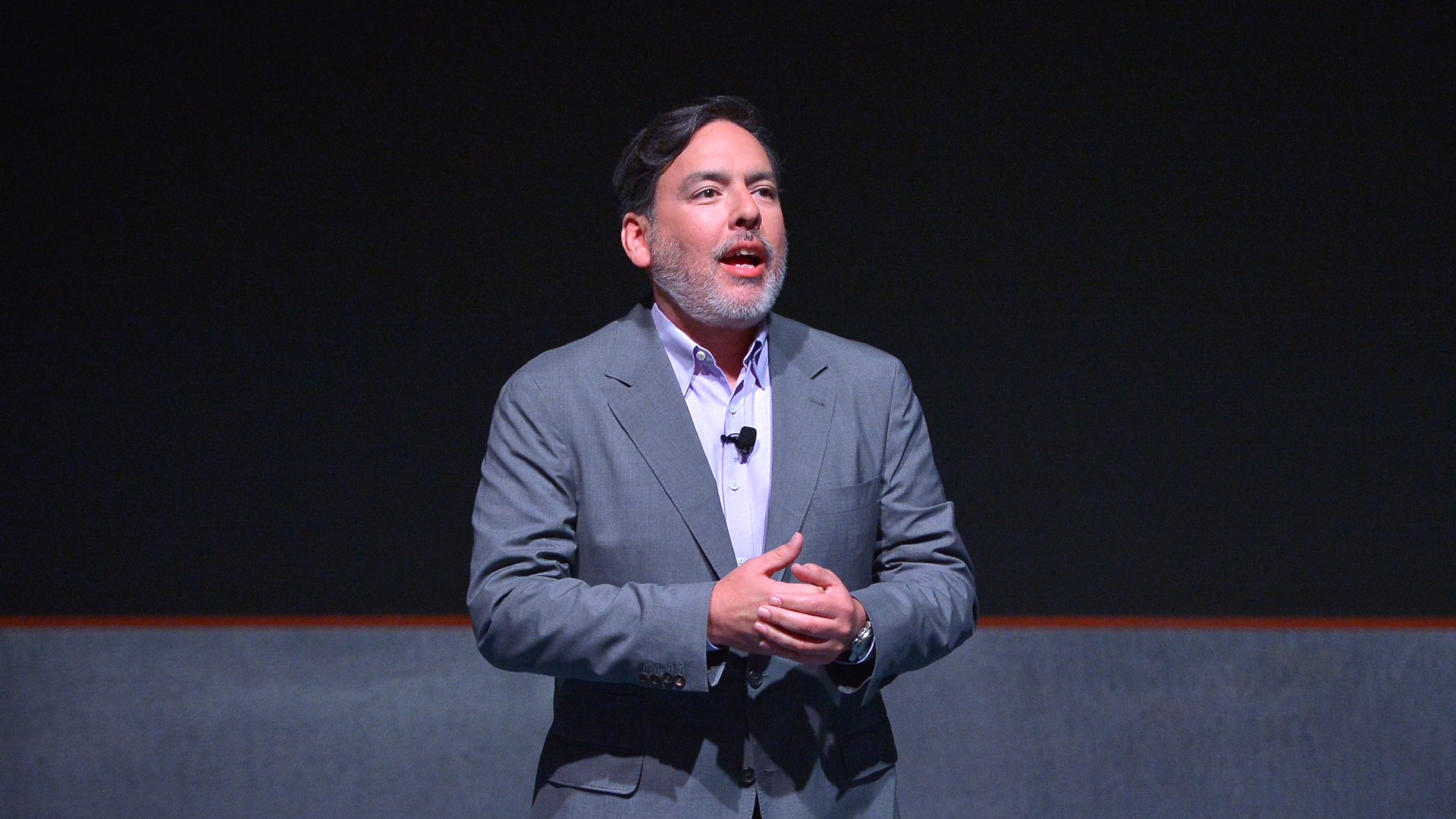
Speaking at Gamescom Asia, former PlayStation executive Shawn Layden offered a grim diagnosis for the state of the games industry: AA studios have disappeared, and rising development costs have left the industry in a creative death spiral (via GamesIndustry.biz).
In the games industry's younger years, Layden said, "we spent a lot more time looking at games and not asking 'what's your monetisation scheme', or 'what's your recurrent revenue plan', or 'what's your subscription formula'? We asked the simple question: is it fun? Are we having a good time? If you said yes to those questions, you'd usually get a green light."
Since then, however, the costs of AAA game development have grown exponentially, creating a risk-averse industry environment where publishers are unwilling to back anything that isn't deemed a guaranteed blockbuster success. "Back then you didn't make a game for millions [of] dollars, so your risk tolerance was fairly high," Layden said. "Today, the entry costs for making a AAA game is in triple digit millions now. I think naturally, risk tolerance drops."
The result of that plummeting risk tolerance is what Layden called "a collapse of creativity" in game development. "You're looking at sequels, you're looking at copycats," Layden said, "because the finance guys who draw the line say, 'Well, if Fortnite made this much money in this amount of time, my Fortnite knockoff can make this in that amount of time.'"
According to Layden, that relentless push towards AAA development trends has wiped out a middle ground that once existed between the biggest-budget studios and indie developers. "That middle layer that used to be where Interplay, Gremlin, Ocean, THQ, all those companies, made their money... That middle piece is gone. If you [can become] AAA, you survive, or if you do something interesting in the indie space, you could," Layden said. "But AA is gone. I think that's a threat to the ecosystem."
I think Layden's on the mark about the upward-spiraling costs of game development promoting a creative stagnation in AAA games, but I'd argue that AA games aren't as dead as the former console executive might think, and Steam has all the evidence anyone could need. That's not to say mid-budget games have it easy: They're in the unenviable position of having to compete with both the high-cost visual tech of their AAA counterparts and the lower price tags of smaller-budget indie games. In some cases, like Larian with Baldur's Gate 3, graduating to AAA production values was the key to finding a new level of success. Sometimes it doesn't go so well—in the case of Shadowrun developer Harebrained Schemes, the failure of The Lamplighters League resulted in major layoffs and a split from owner Paradox Interactive to go indie with a much smaller headcount.
But we can still see plenty of proof that middle ground AA successes are still possible in recent releases like MechWarrior 5 and Frostpunk 2, or any number of farming sims, 4X grand strategies, and survival games of all stripes.
While I'm a bit more optimistic about the state of the AA space, I share Layden's hope of getting "a bit more interest and excitement and exposure" for lower budget, unconventional game projects. "If we're just going to rely on the blockbusters to get us through, I think that's a death sentence," Layden said. Considering what happens when those blockbuster bets fail—generally, havoc in the form of layoffs and studio closures for the people developing our games—I'm inclined to agree.
As far as other potential solutions for the industry's woes go, Layden was clear that he doesn't think AI will save us. "All this excitement about gen AI, I find kind of humorous," Layden said. "I do see its applications in certain places for certain things. But it's just a tool, it's not a saviour. It's a tool in the way that Excel is a tool. It just helps speed along your tasks."







